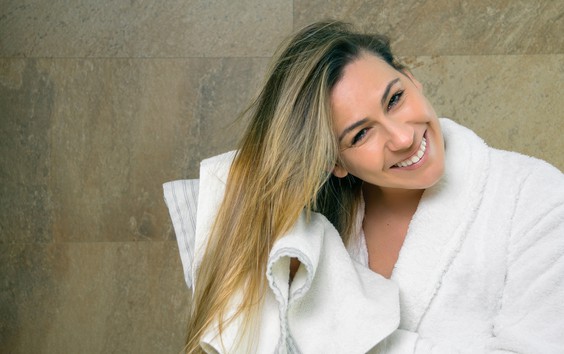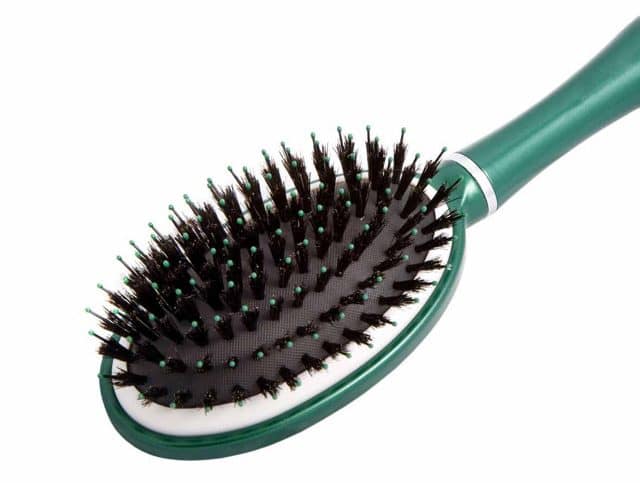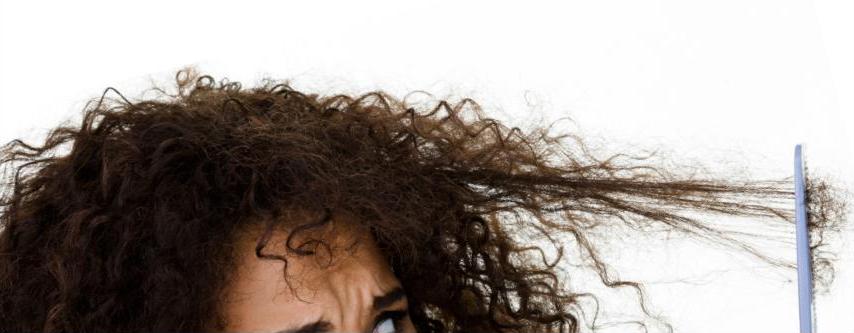How To Maintain Healthy, Youthful Hair Over An Entire Lifetime
An average lifespan is 75 years, but humans have the potential to live to 115. How do we make sure any
added years are good ones?
People can live longer – and feel younger by hitting four benchmarks:
- Good Nutrition
- Regular Exercise
- Good Rest
- Taking Advantage of Modern Medicine
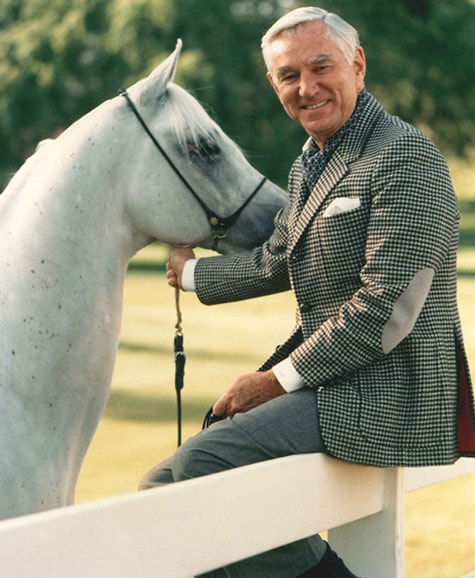
Our patients come to us for hair restoration not because it makes them live longer, but because it makes
them look and feel better. Surgical procedures alone are not enough to keep the hair it’s youthful, healthy best, however.
Applying good health practices to scalp and hair health helps us to see how taking care of our bodies can
lead to better looking, healthier hair.
To keep hair healthy – and youthful looking – we should suggest patients get an annual hair health check just as they get an annual physical. A simple trichoscopy exam provides information on hair health, existing hair loss conditions like telogen and anagen effluvium, senescent hair loss and progressive miniaturization.
Most of these conditions can be reversed by early intervention:
- Low-level light therapy (LLLT) The application of a lower dose of near infrared light promotes
tissue regeneration and reduces inflammation. The LLLT, between 600 and 1,000mm, is applied for a minute on alternate days.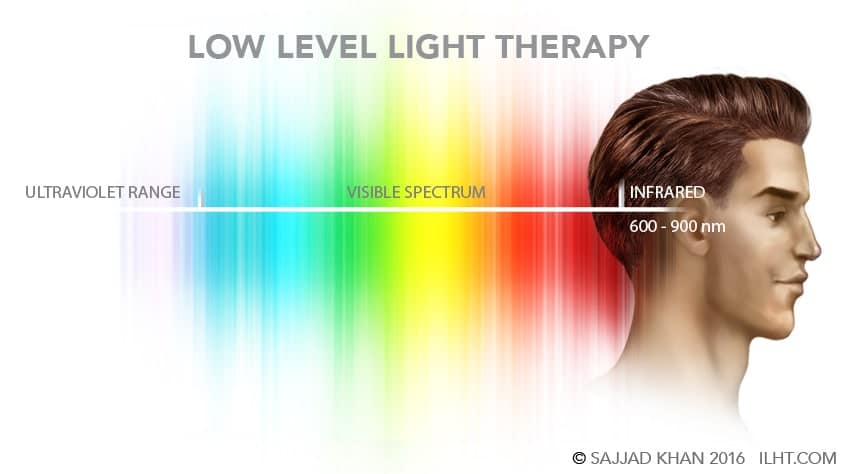
- PRP and ECM scalp treatments – Growth factors in PRP and ECM form a sort of scaffolding that provides the platform for the regenerative cell to work and helps the weaker follicles become stronger.

- Topical Minoxidil – Minoxidil is a potassium channel opener and a vasodilator and is FDA approved for hair loss. A 5% solution of foam applied to the scalp twice a day resulted in 45% of the men experiencing an increase in hair regrowth. And we’ve learned that it’s even more effective in women.
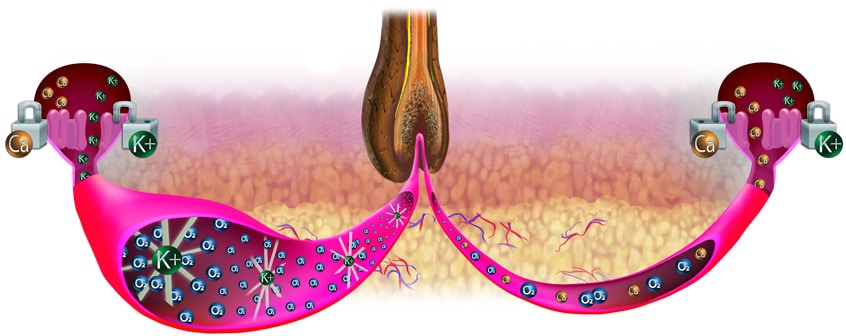
- Oral AntiAndrogen Finasteride – Finasteride is an inhibitor of type 2, 5alpha reductase, which is in the outer root sheath and dermal papilla of hair follicles, as well as in the prostate and the liver. Finasteride slows down the progression of hair loss and increases hair growth. Long term, it is very safe.
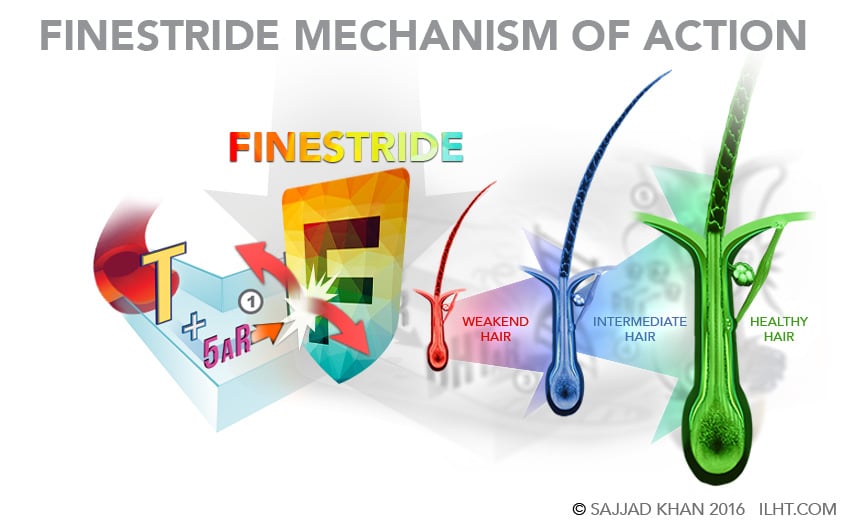
- Micronutrients – Testing the levels of various micronutrients in the bloodstream helps a physician discover any deficiencies in essential nutrients, and these nutrients can be added into the diet.

- Metabolic changes – We can suggest the use of hormone replacement therapies or other methods (as appropriate) for avoiding or mitigating the effects of drastic metabolic changes in the body.

- Prescription Medicine – Choosing medications wisely, avoiding those that put a strain on the health or the hair.

Shampoo and condition every day – Shampoos surfactants are anionic. They clean the hair, remove positive changes and leave the cuticle raised.
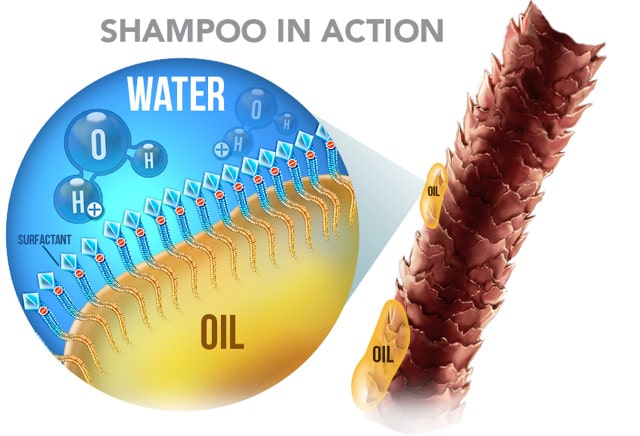 Avoid using tear-free shampoos. They have a higher pH, around 7, so they are less irritating to the eyes. But hair has an acidic pH, so the shampoo raises the hair cuticles and is damaging to the hair.
Avoid using tear-free shampoos. They have a higher pH, around 7, so they are less irritating to the eyes. But hair has an acidic pH, so the shampoo raises the hair cuticles and is damaging to the hair.
Conditioners have cationic surfactant and help provide positive charges and lay the cuticles smooth and flat. Good conditioners also have sealants and antistatic agents. Sealants help the hair to maintain normal moisture levels in extremely dry and humid weather. Antistatic agents have hydrophobic and hydrophilic ends. The hydrophobic ends bind to the hair surface while the hydrophilic ends act as a new hair surface and avoid the buildup of static electricity, flyaway hair and protect the cuticle damage from dry weather. Use hair products with sunscreens – The sunscreen helps protect keratin breakdown and helps prevent loss.
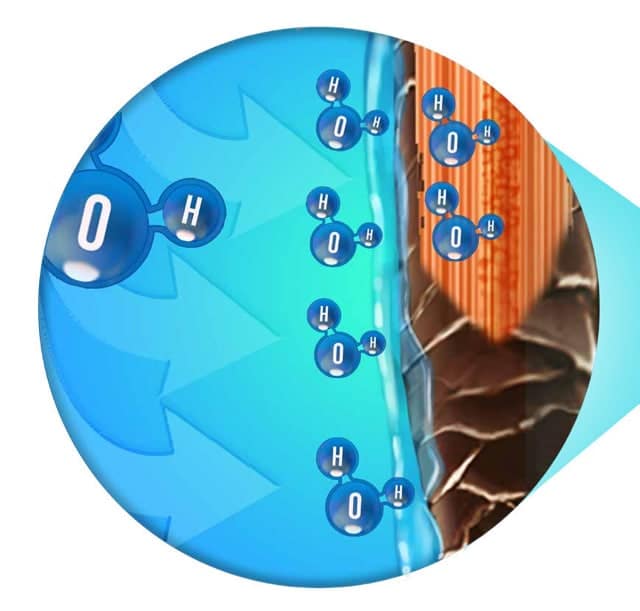 Use hair products with sunscreens – The sunscreen helps protect keratin breakdown and helps prevent loss of hair color. Because of their light weight, Benzophenone 4 and Ethylhexyl methoxycinnamate are used in hair products.
Use hair products with sunscreens – The sunscreen helps protect keratin breakdown and helps prevent loss of hair color. Because of their light weight, Benzophenone 4 and Ethylhexyl methoxycinnamate are used in hair products.
Avoid heat damage – After shampooing and conditioning, it’s best to gently towel dry the hair, without rubbing it too briskly. If blow drying is necessary, first apply a thermosactive heat protector. The polymers in these products contain air pockets, which insulate hair against heat damage. Even so, hold the dryer six to eight inches away from the hair, and stop using it just short of the hair becoming completely dry. Extra drying will take away all the moisture and make the hair dull, brittle and prone to split ends.
Choose the right comb – Choose a comb made of hard rubber or high-quality thermoplastic. Molding tools die cut the hard rubber or thermoplastic into general shapes of the various comb styles. Each tooth is cut one at a time with a general special saw. Then each tooth is hand polished to remove the sharp edges. Finally, it is hand-buffed to create a smooth finish. A wide toothed comb is best? it works with all types of hair.
 Ordinary plastic combs are made in a mold, which creates joint lines and tiny ridges in their teeth. Although these imperfections are visually unnoticeable, they damage the cuticle, cause split ends and can even cut the hair shaft. Metal and wood combs can damage the hair and scalp.
Ordinary plastic combs are made in a mold, which creates joint lines and tiny ridges in their teeth. Although these imperfections are visually unnoticeable, they damage the cuticle, cause split ends and can even cut the hair shaft. Metal and wood combs can damage the hair and scalp.
Choose the right hairbrush – The three features most important in choosing the right hairbrush are the type of bristles, the shape and any specialty features.
- Bristles are made from metal, plastic or natural boar hair. Plastic bristle can be used for detangling as well as styling and they are less damaging to the scalp and hair than other types. Stiffer and more closely spaced bristles with staggered alignment provide better control over the hair.
- Flat brushes flatten the hair and are good for course thick hair, while round brushes create the body, lift, shape, volume and curl and are good for fine haired individuals. The larger the barrel of the round brush, the softer the curls it creates.
- A vented brush lets more air from the dryer to get to the hair, which helps improve drying time and
gives the desired style more quickly. - Padded brushes have an air-filled cushion designed to bend to minimize damage during detangling.
Detangle hair gently – Tangles should be removed from hair before showering because wet hair is weaker and prone to breakage. Start detangling at the ends, combing or brushing gently toward the tips, and gradually move up the hair to continue detangling all of it.
Pamper the scalp – The scalp needs to be treated as well as we treat our other skin. A good conditioner will not only condition the hair, but it will help nourish the scalp. Use a deep conditioning mask once a week to keep the scalp and hair healthy.


